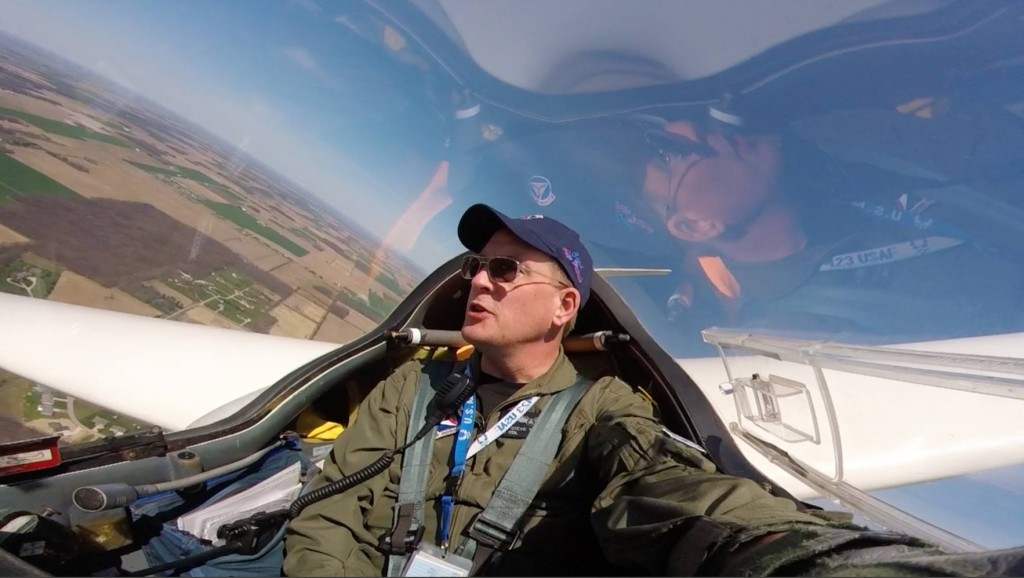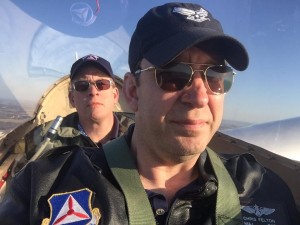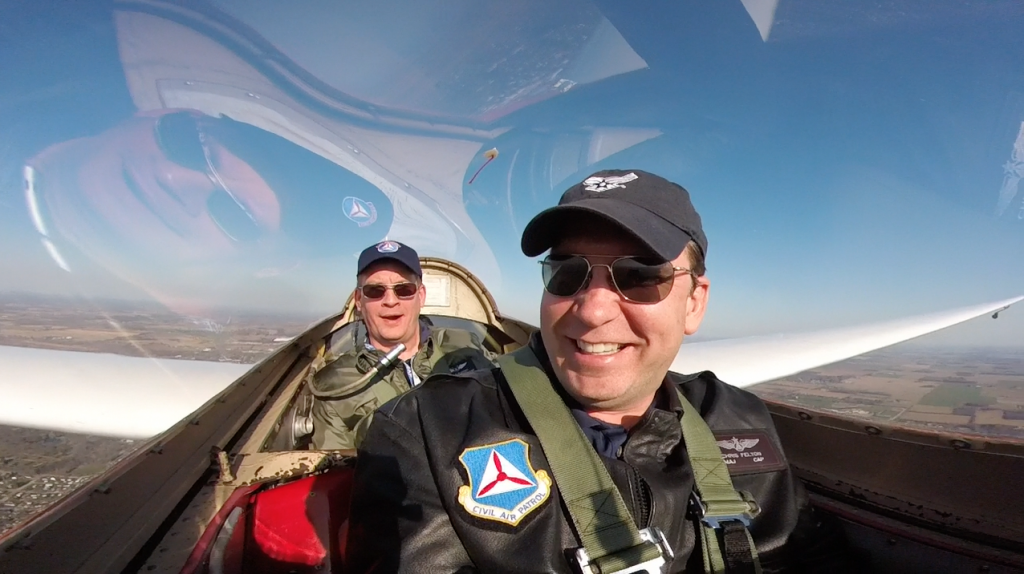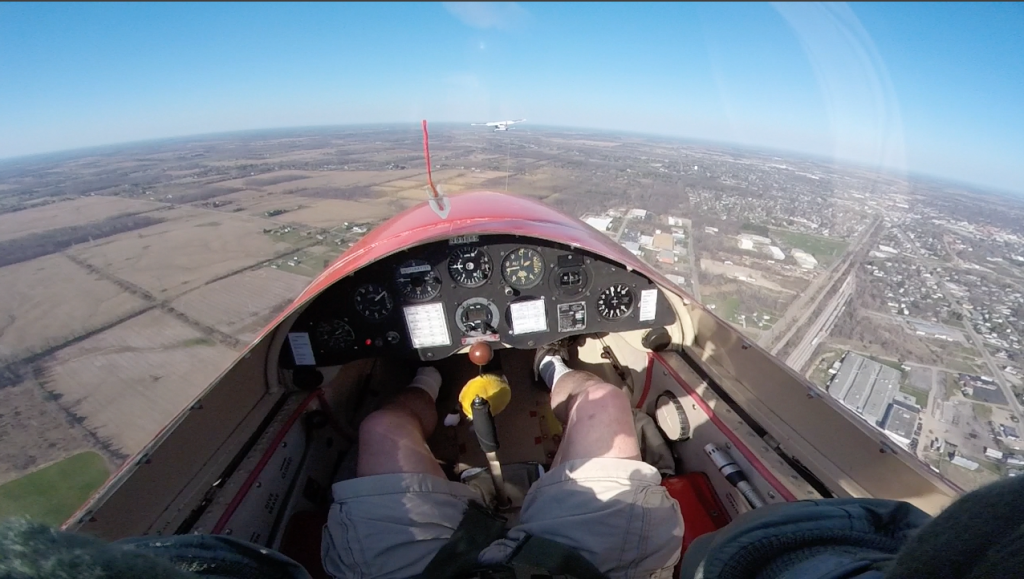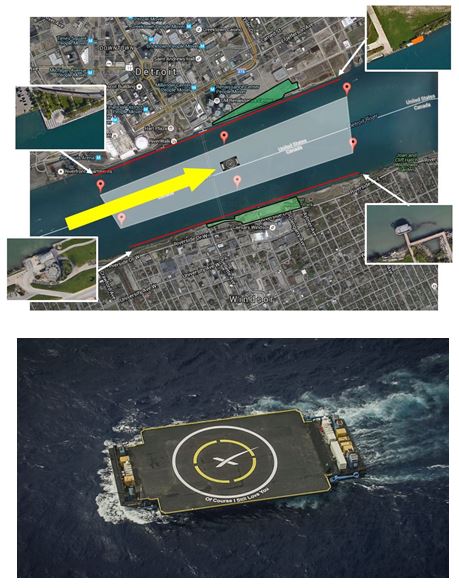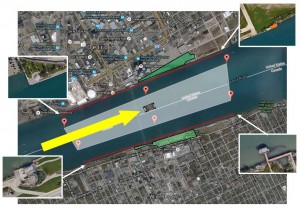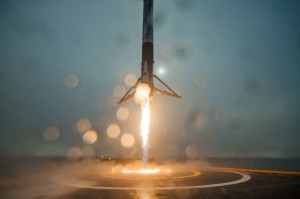I spent Saturday at Owosso (KRNP) doing CAP glider operations. The biggest rodeo I’ve done to date. 38 cadet O-flights and seven C flights, all among three pilots, two gliders, and a single tow plane. I flew nine of the O-flights, seven in the ASK 21 and two in the 2-32. To add complexity, the airport hosted a fly-in lunch that kept the pattern pretty busy from about 1030L to 1400L.
This was a confidence-builder for me. Yeah, I’ve done O-flights, but this was a genuine high-throughput operation trying to get all of the cadets flown in the time available. To preserve my duty day, I got into the cockpit at 1030L and flew on and off until coperations concluded around 1600L
I was looking forward to getting some dual instruction for FOD, but the main tire of the ASK 21 went flat around 1500L and wouldn’t hold air. The ASK 21 is the primary training ship, so that put an end to the instruction for the day.
I was pretty impressed by FOD’s reaction. He had been running wings and dashing for the rope all day and could be forgiven for being disappointed about not getting to fly. I was really proud of how understanding he was. We’re going to try to get back up on 9 May and make up for lost time.
I rarely change my Facebook cover photo. That’s mostly because it takes a pretty cool photo to displace the old one. I’ve used a shot out the front window of the TG-7A on approach to Rwy 33 at Detroit City Airport (KDET) with the prop stopped since late last year. It’s pretty cool. It looks like the cockpit is unoccupied and one could be forgiven for thinking that it’s photoshopped except that the airspeed indicators are alive (and on speed). But I had a cadet late in the day who flew well enough that I could get out the GoPro and shoot some video. I happened to get a pretty impressive-looking sot of myself, so that went up today as the new cover page. Nice lighting, blue sky, canopy reflections, and other elements that make it a pretty cool hero shot. Now all I have to do is fly as well as the picture suggests that I do.
Next weekend, I’m off to tour Fermilab with Deadly, then it’s more glider ops the week after. This is what we do and thins is how we do it.
